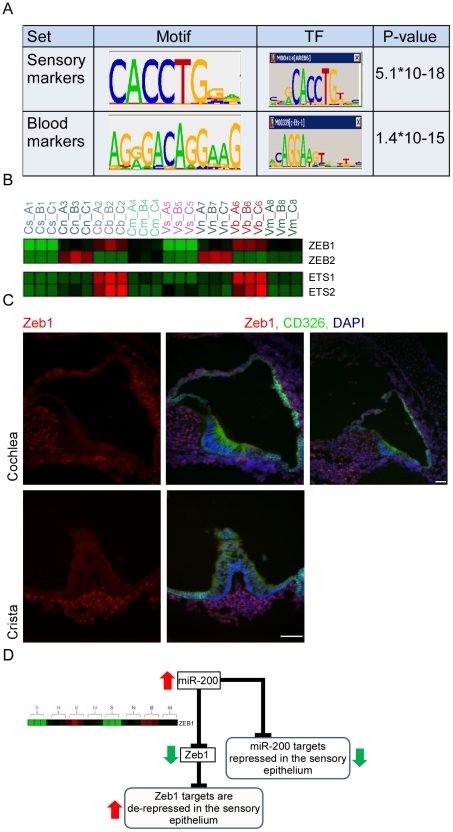Figure 5. Key regulators of the inner ear transcriptome.
[A] Enriched cis-regulatory motifs found in the promoters of marker genes. The motif enriched in the promoters of the sensory markers corresponds to the binding signature of Zeb1/2 transcription factors, while the motif enriched in the promoters of the endothelial markers corresponds to the binding signature of Ets1/2 transcription factors. “0” indicates no-enrichment. [B] Expression profiles of Zeb1/2 and Ets1/2 in our dataset are in full accord with the prediction of the motif enrichment analysis: Ets1/2 are highly expressed in endothelial cells while expression of Zeb1/2 is excluded from sensory cells. Color legend: red and green indicates increase and decrease in expression, respectively. [C] Zeb1 is expressed in the non-epithelial cells of the mouse inner ear. Sections of inner ears from newborn wild-type mice were stained with an antibody that detects Zeb1 (red), an antibody for CD326 (green) – which marks the epithelial cells in the mouse inner ear and DAPI to counter stain cell nuclei. Note that Zeb1 is not expressed in the epithelial cells of the inner ear (white asterisks). Upper right image – a low magnification image showing that Zeb1 is expressed in most of the non-epithelial cells, including the cells of the spiral ganglion (green asterisk). Scale bar = 50 µm. See also Figure S5. [D] A model for the function of the miR-200 family in the sensory epithelium of the inner ear.

